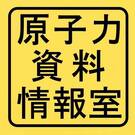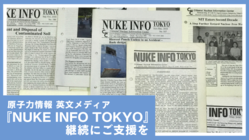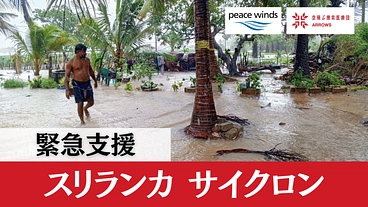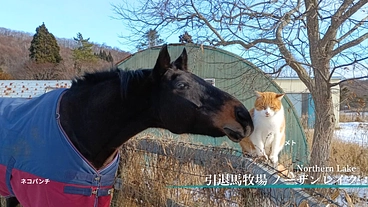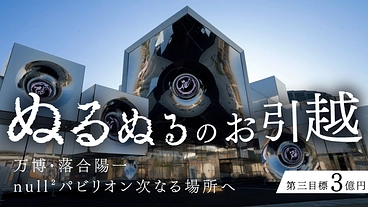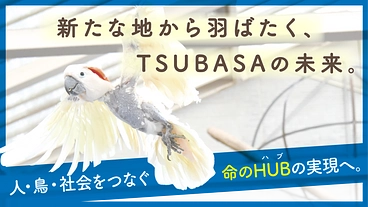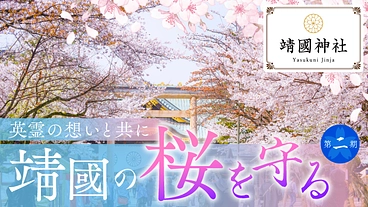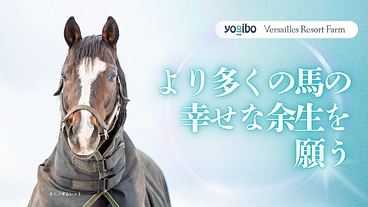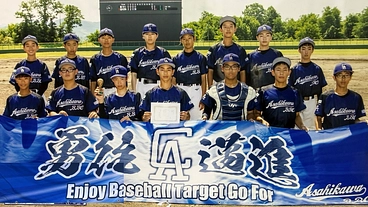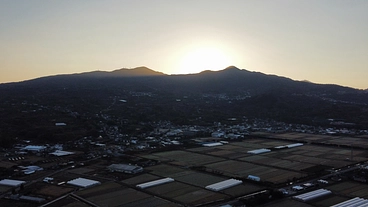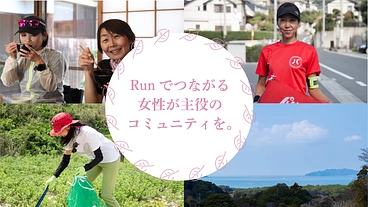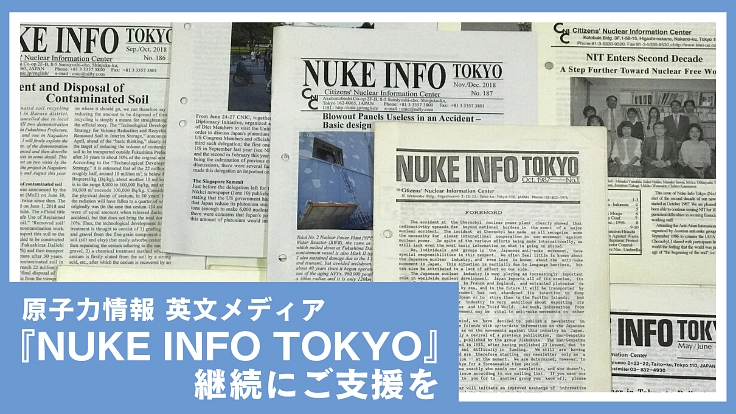
寄付総額
目標金額 1,500,000円
- 寄付者
- 169人
- 募集終了日
- 2021年10月31日
Project Outline <English version>
Providing expert information on nuclear energy in Japan to the world ~Empowering global citizens for 34 years: Nuke Info Tokyo
We are the Citizens’ Nuclear Information Center (CNIC), based in Tokyo, Japan.
Our goal is to achieve a nuclear-free world through empowering citizens with scientific knowledge and solid information.
Our bi-monthly publication, Nuke Info Tokyo, aims to provide up-to-date, information on the Japanese nuclear industry and the movements against it in English to people around the world. This independent, expert information is uploaded to our website, providing a substantial database to researchers, the media and concerned global citizens.
This information is available free of charge, but in order to ensure that we can continue to provide it, we have decided to launch this crowdfunding project. We hope you can support us!
Citizens’ Nuclear Information Center (CNIC) was founded in 1975 and became a registered NPO in 1999. Our activities include conducting scientific research and analysis on various aspects of nuclear power. This information is used to inform citizens and the media through publications, seminars and international conferences.
In order to guarantee the independence of our research and information, CNIC does not accept funding from government or industry corporations and operates through individual membership fees and donations, as well as private research grants and sales of publications.
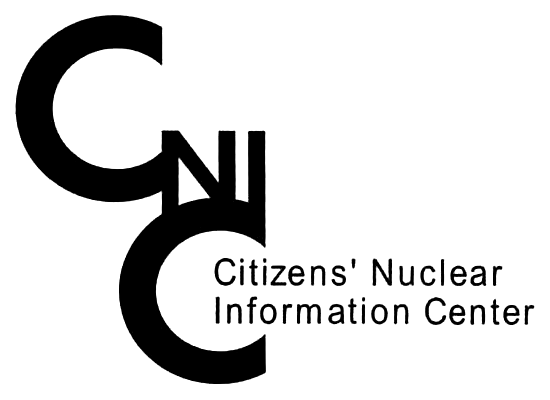
Nuke Info Tokyo (NIT) is the English bi-monthly publication of CNIC. It began when CNIC’s director at the time, Dr. Takagi Jinzaburo, attended the Anti Atom International Conference in Vienna in 1986 and was shocked at how little was known about Japan’s nuclear industry and even less about Japan’s anti-nuke movement. Always a strong advocate of international solidarity against the global nuclear industry, Dr. Takagi was determined to publish an English newsletter despite problems of securing financial support and working staff. “Let’s just try 5 or 6 issues and then think again whether to continue” was how NIT started. We recently published our 200th issue, thanks to, as Dr. Takagi acknowledged on NIT’s 10th anniversary, “the continuing encouragement and support of international readers.” In the very first edition Dr. Takagi also expressed the “determination” of CNIC to continue publishing NIT into the foreseeable future. It is this determination, as well as the encouragement and support of international readers that has sustained us until today.
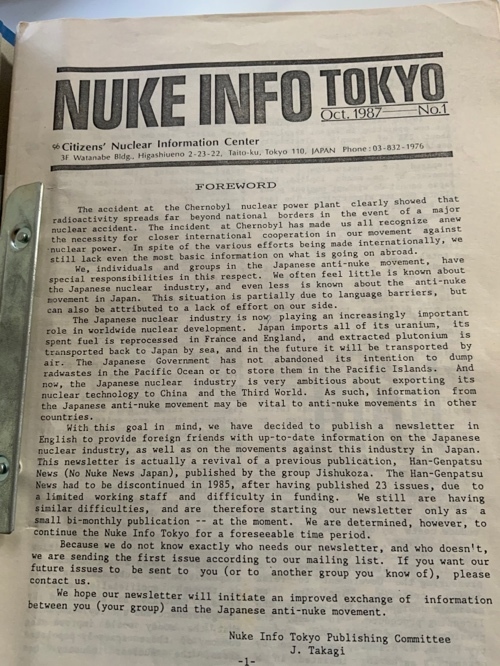
First edition of NIT
When NIT began in 1987, it was printed and posted out to readers in Japan and around the world. At this time a subscription fee was charged to readers in Japan, although readers outside Japan were not charged. However, as digital technology progressed and the internet became more widespread, we decided to end the printed version and shift NIT to our website. This was in 2009. Now, when a new edition is uploaded, we send email notifications to all our readers. Of course, anyone looking for information online can also access our articles. We stopped charging subscription fees when NIT moved online. This was also when we decided that the translation team, even though they were all friends of CNIC and happy to contribute to our mission to realize a nuclear-free world, deserved to be paid for their highly professional and specialized work translating articles for NIT. Although it is half or less than the market rate, our translation team still now receive payment for their work.
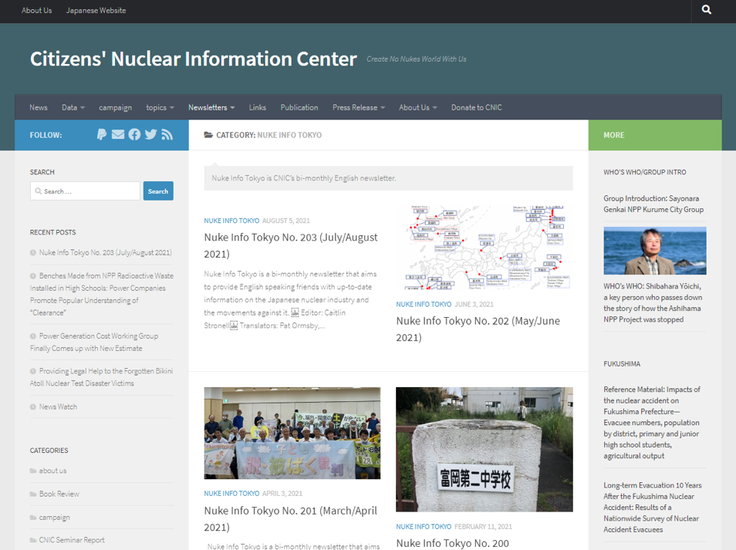
NIT Website
One of the founders of CNIC was Dr. Takagi Jinzaburo (1938-2000), a nuclear chemist who started his career in the Japanese nuclear industry when it was believed nuclear energy would be the answer for Japan’s lack of resources and would power the country’s rapidly expanding economy.
But Dr. Takagi saw the dangers of nuclear energy, both to human health and to our democratic societies. Citizens were excluded from policy decisions on nuclear energy because it was believed to be ‘too difficult’ for the average person to understand, but by leaving all the decisions on what was a potentially catastrophic technology, to the so-called experts, citizens were putting their own lives and the lives of future generations in danger. The answer was to provide information on the risks of nuclear energy so that citizens could understand and make informed decisions about their energy future, the ‘Citizen Science’ approach.
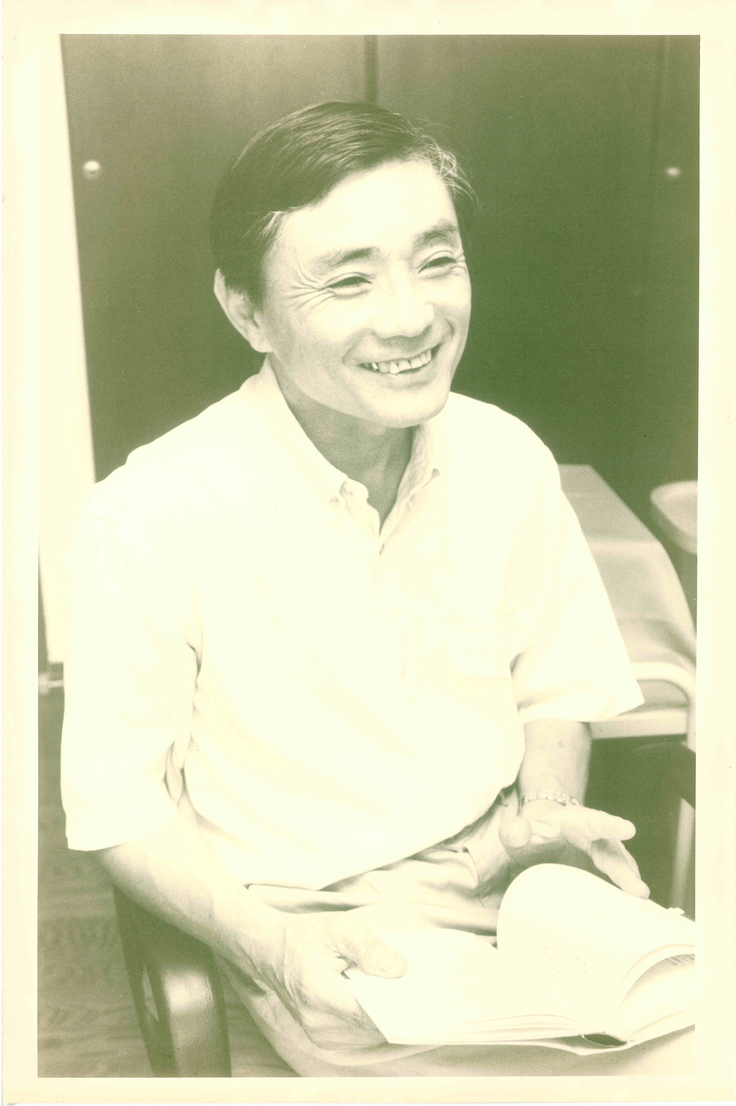
This photo of Dr. Takagi hangs on the CNIC office wall. We feel as though he is still watching over us!
Our main aim is to secure funding to continue publishing Nuke Info Tokyo on our website.
Costs to produce NIT for one year:
Translator wages: 500,000 yen (approx. $5,000)
Staff wages: 1,000,000 yen (approx. $10,000)
TOTAL: 1.5 million yen (approx. $15,000)
If this target is exceeded, we will be able to
- improve the website to make it easier to search for information
- increase the volume of information we upload in each edition of NIT
- upload information in a more timely way
Our specialty is providing information and data regarding nuclear power generation from independent experts. This information covers a number of areas, including:
・TEPCO Fukushima Daiichi nuclear disaster
https://cnic.jp/english/?cat=24
・technical and safety aspects of nuclear reactors
https://cnic.jp/english/?cat=36
・exposure to radiation and health implications
https://cnic.jp/english/?cat=78
・the human and social costs of nuclear power
https://cnic.jp/english/?cat=89
・economic aspects
https://cnic.jp/english/?cat=90
・legal challenges to nuclear power
https://cnic.jp/english/?cat=41
・introducing our readers to individual activists and anti-nuke groups in Japan
https://cnic.jp/english/?cat=14
Why is this information so important?
We saw during the Fukushima Daiichi nuclear accident, which started over 10 years ago, how important independent, expert information is. Governments and industry tend to withhold information at the best of times and during this catastrophic accident, they simply could not be depended upon to provide accurate and detailed information. So there was a need to get vital information about what was happening inside the nuclear plant and the implications of this, to people around the world who could be affected.
Even today this accident is far from over. For example, Japan plans to release over one million tons of radioactively contaminated water, presently stored at Fukushima Daiichi, into the Pacific Ocean. We must continue to monitor, on a global level, the plant itself and the decisions made by authorities, which could affect large numbers of people around the world, and together raise our voices to protect our planet and our future.
The voices of the people of Fukushima must also be heard. 160,000 people evacuated their homes due to the accident and approximately 35,000 have still not returned. Many feel as though their homes and lives, their culture and history have been stolen. They face discrimination, financial, psychological and health problems, yet many want to tell their stories, as painful as they are, so that this will never happen again—to anyone. Just as the hibakusha of Nagasaki and Hiroshima raise their voices so that no one in the world will have to go through the horrors that they experienced, the hibakusha of Fukushima have a message that the world should hear.
|Message from Previous NIT Editor, Philip White
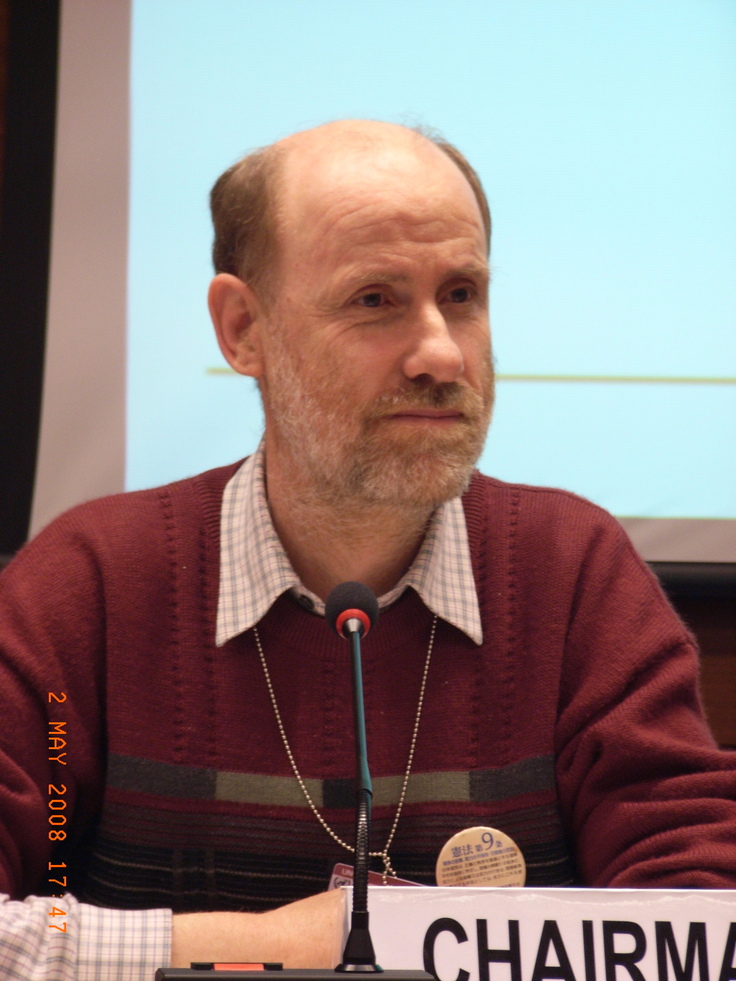
As NIT editor at the time of the Fukushima Daiichi meltdowns, fielding calls around the clock from the world’s media, I was so glad to have a couple of decades’ worth of English language Nuke Info Tokyo (NIT) articles to refer to. In the midst of the crisis, the years of painstaking recording and analysis by NIT’s contributing authors really paid off. The international media was hungry for critical information to counter the sanitized version offered by the government and the nuclear industry. Our English web site offered clearly referenced Nuke Info Tokyo articles. These were a boon to journalists as they rushed to cobble together background stories about Japan’s long history of nuclear accidents and scandals.
Whenever I responded to media inquiries, I referred them to these articles. Time and again I could tell from their response that this was just what the journalists were looking for.
When the Fukushima nuclear accident happened, I was part way through a project of uploading back issues of NIT to CNIC’s English web site. At the time, they went back about 15 years to the mid 1990s. Now all issues of NIT, going back to 1987, can be found. The early ones are scanned pdf copies of the original paper newsletter, while more recent ones are also available in html form. But they are all there for any critically-minded person who wants to research Japan’s nuclear history. It’s vital that CNIC are able to maintain this archive and continue to add new information and analysis, not just for present day media, researchers and citizens, but for those of the future too.
Introducing some of our expert writers
Goto Masashi
Former nuclear reactor design engineer, member of the Citizens’ Commission on Nuclear Energy
Goto Masashi worked at Toshiba, a major nuclear power plant manufacturer, as a containment vessel design engineer on the Kashiwazaki-Kariwa, Hamaoka and Onagawa nuclear plants. He provided updates during the Fukushima Daiichi disaster and was one of the first nuclear engineers to say publicly that he believed there had been meltdowns. He has written for NIT focusing on design flaws that became apparent at Fukushima Daiichi.
https://cnic.jp/english/?p=4255
Sakiyama Hisako
Director Representative,
3/11 Fund for Children with Thyroid Cancer
Sakiyama Hisako is a medical doctor and after working as a researcher at MIT she was a senior researcher at the National Institute of Radiological Sciences in Japan. She served as a member of the National Diet of Japan Fukushima Nuclear Accident Independent Investigation Commission (NAIIC). She has written for NIT on thyroid cancer in children since the Fukushima Daiichi accident.
https://cnic.jp/english/?p=3610
Matsukubo Hajime
CNIC Bureau Chief
Matsukubo Hajime is the CNIC bureau chief but worked in a financial institution until 2012. He writes many articles for NIT, on a range of topics, including the economics of nuclear power, giving detailed analysis of how governments and industry try to trick us in to believing that nuclear power is cheap.
https://cnic.jp/english/?p=4435
https://cnic.jp/english/?p=5555
Kaido Yuichi is one of Japan’s most well-known lawyers who has been involved in many anti-nuke cases. He has written for NIT on some of these cases, including the criminal trial of three TEPCO executives.
https://cnic.jp/english/?p=4580
Seto Daisaku
Secretary General, Evacuation Cooperation Center
Seto Daisaku is the Secretary General of the Evacuation Cooperation Center which assists Fukushima evacuees. His article in NIT reports on the ground reality, cases where Fukushima evacuees are facing extreme difficulties and how his organization supports them.
https://cnic.jp/english/?p=4331
Nuclear disaster affected people also write directly for NIT about their lives, hopes and problems.
https://cnic.jp/english/?p=4946
|Message from our Translation Team
Patricia Ormsby
Acquainted with environmental issues since childhood as a member of the Wasatch Mountain Club in Salt Lake City, Utah, and especially aware of nuclear issues as a down-winder who as a small child witnessed a nighttime atomic bomb test from southern Utah, I have been a passionate advocate for environmental conservation and the Precautionary Principle. In volunteer work in the late 1990s, I presented a dosimeter to scientists in Siberia and met refugee children from Chernobyl there. When offered a chance to help the Citizens’ Nuclear Information Center publish Nuke Info Tokyo, I was thrilled to oblige. I think this is a great team of dedicated people who have earned praise from heroes like Arnie Gundersen. It is critically important to keep an eye on the nuclear industry and keep the public informed, as they are the ones that wind up facing the disastrous consequences of poorly considered economizing, as we saw in Fukushima, or human error as we saw at Chernobyl, or haste under pressure as we saw in Tokaimura. As resource constraints put further economic pressure on governments and industries, we must anticipate further shortcuts and more underhanded attempts to transfer the burden to future generations, and call them out whenever we see this.
▶ payment instruction (click here)
▶ Donate 5,000 yen (click here)
ギフト
5,000円

NITの継続を応援!コース
●お礼のメール
●寄付金領収書(2022年1月に郵送)
●活動報告書
※領収書のお名前は住所の宛名に登録いただいたお名前となります。
※複数口でのご寄付も可能です。
- 申込数
- 64
- 在庫数
- 制限なし
- 発送完了予定月
- 2022年4月
10,000円

【お気持ちを上乗せ/1万円】NITの継続を応援!コース
●お礼のメール
●寄付金領収書(2022年1月に郵送)
●活動報告書
※領収書のお名前は住所の宛名に登録いただいたお名前となります。
※複数口でのご寄付も可能です。
- 申込数
- 82
- 在庫数
- 制限なし
- 発送完了予定月
- 2022年4月
5,000円

NITの継続を応援!コース
●お礼のメール
●寄付金領収書(2022年1月に郵送)
●活動報告書
※領収書のお名前は住所の宛名に登録いただいたお名前となります。
※複数口でのご寄付も可能です。
- 申込数
- 64
- 在庫数
- 制限なし
- 発送完了予定月
- 2022年4月
10,000円

【お気持ちを上乗せ/1万円】NITの継続を応援!コース
●お礼のメール
●寄付金領収書(2022年1月に郵送)
●活動報告書
※領収書のお名前は住所の宛名に登録いただいたお名前となります。
※複数口でのご寄付も可能です。
- 申込数
- 82
- 在庫数
- 制限なし
- 発送完了予定月
- 2022年4月
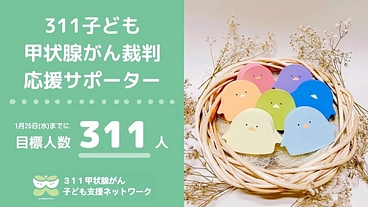
311人募集中!|311子ども甲状腺がん裁判応援サポーター
- 総計
- 275人
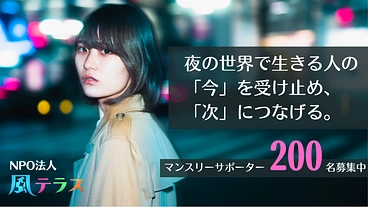
夜の世界で孤立・困窮している女性たちに、必要な支援を届けたい
- 総計
- 161人
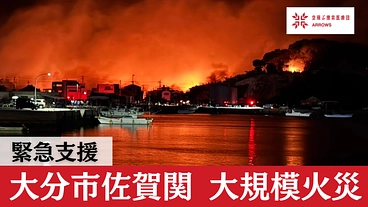
【緊急支援|大分市 大規模火災へのご支援を】
- 現在
- 6,938,000円
- 寄付者
- 770人
- 残り
- 24日
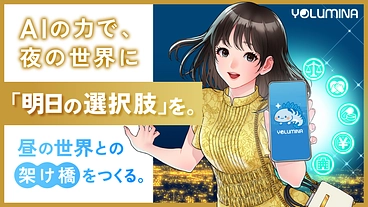
夜の世界で孤立している人たちに、AIの力で「明日の選択肢」を届ける
- 現在
- 6,175,000円
- 支援者
- 159人
- 残り
- 11日
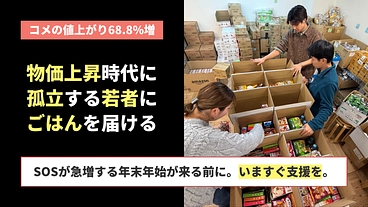
物価高でごはん食べられない若者に今すぐ食糧を|緊急支援2025冬
- 現在
- 16,103,000円
- 寄付者
- 475人
- 残り
- 12日
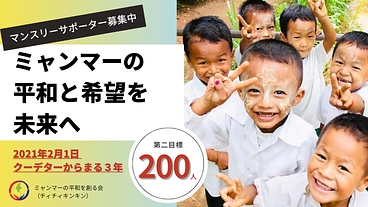
継続寄付でミャンマーに希望を ~繋がる支援で避難民の明日を~
- 総計
- 109人
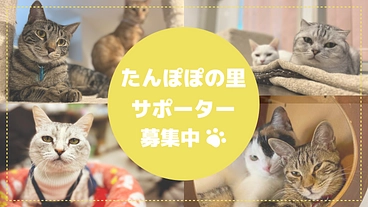
たんぽぽの里サポーター募集中!保護活動に必要な費用にご支援を
- 総計
- 120人
